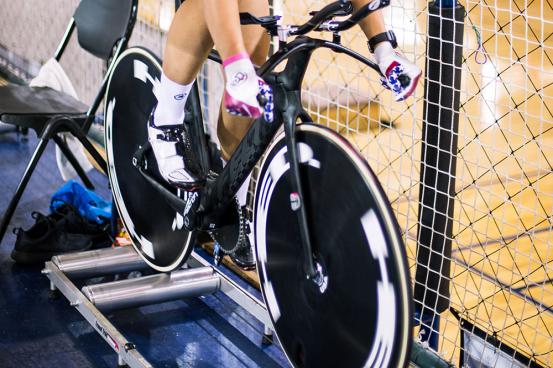- Commissioner’s statement on Ventura, Marte
- Ronnie O’Sullivan: Masters champion ‘felt so vulnerable’ in final
- Arron Fletcher Wins 2017 WSOP International Circuit Marrakech Main Event ($140,224)
- Smith challenges Warner to go big in India
- Moncada No. 1 on MLB Pipeline’s Top 10 2B Prospects list
- Braves land 2 on MLB Pipeline’s Top 10 2B Prospects list
- Kingery makes MLB Pipeline’s Top 10 2B Prospects list
- New Zealand wrap up 2-0 after Bangladesh implosion
- Mathews, Pradeep, Gunathilaka to return to Sri Lanka
- Elliott hopes for rain for Poli
Team USA’s secret team pursuit weapon
- Updated: May 19, 2016

Sarah Hammer and the U.S. women’s team pursuit squad know the expectations for the Rio Olympics are great: A gold medal is on the line and the team is poised to claim it. With that goal in mind, Felt Bicycles has created a specialty tool to help the squad build on its world championships success: a pursuit-specific bicycle tentatively dubbed the TA/FRD (Track Aero/Felt Racing Development). Catchy, right?
That means we’ll see a bicycle created specifically for elite female athletes, one that addresses one of the biggest misconceptions about velodrome environments: winds at yaw.
The balky name is the only clumsy part of this bike, which features a left-hand drivetrain, aero tube shapes designed to shed wind at specific yaw angles caused by the quirks of a velodrome, and specially designed Hed wheels to work with Felt’s new creation.
“We started the initial discussions in 2012 after [the] London [Olympics],” says Jim Miller, Vice President of Athletics at USA Cycling. “ I was sitting with the marketing director of Felt Bicycles, and we were talking about what’s next, and I said, ‘we figure out how to go one step higher.’”
Felt agreed, and the company began researching ways to make pursuit bicycles faster. That meant reassessing the way bicycles behave on tracks — and doing away with some longstanding notions that had dictated track bike design.
“The thought process had been, on the track you don’t really have any wind at yaw,” Says Miller. “One of the engineers at Felt who races track, Anton Petrov, wasn’t convinced of that. So we spent a lot of time using an Alphamantis system and accelerometers. It takes half-second measurements to find what yaw the bike …
continue reading in source velonews.competitor.com
